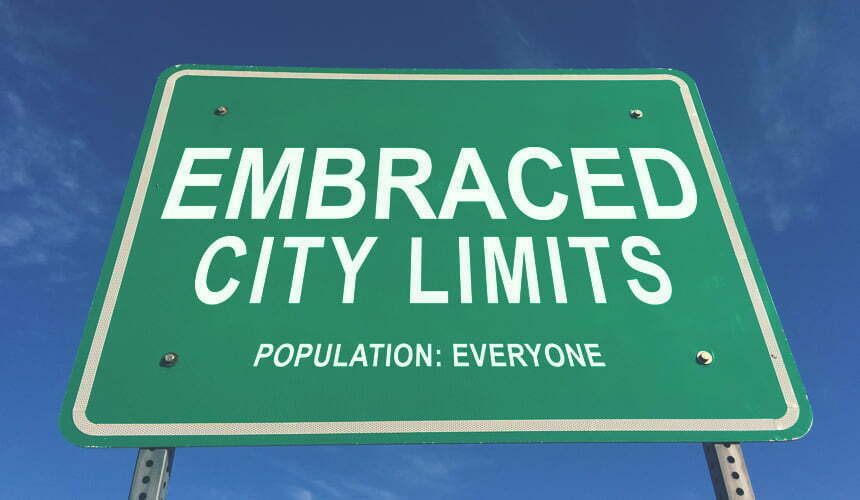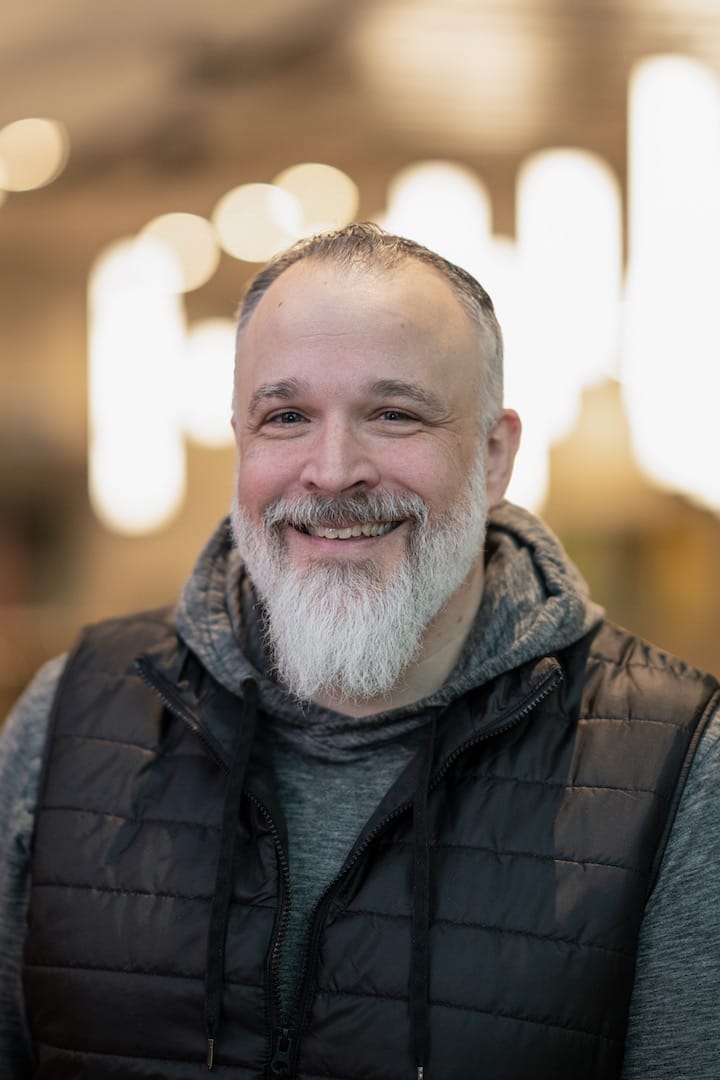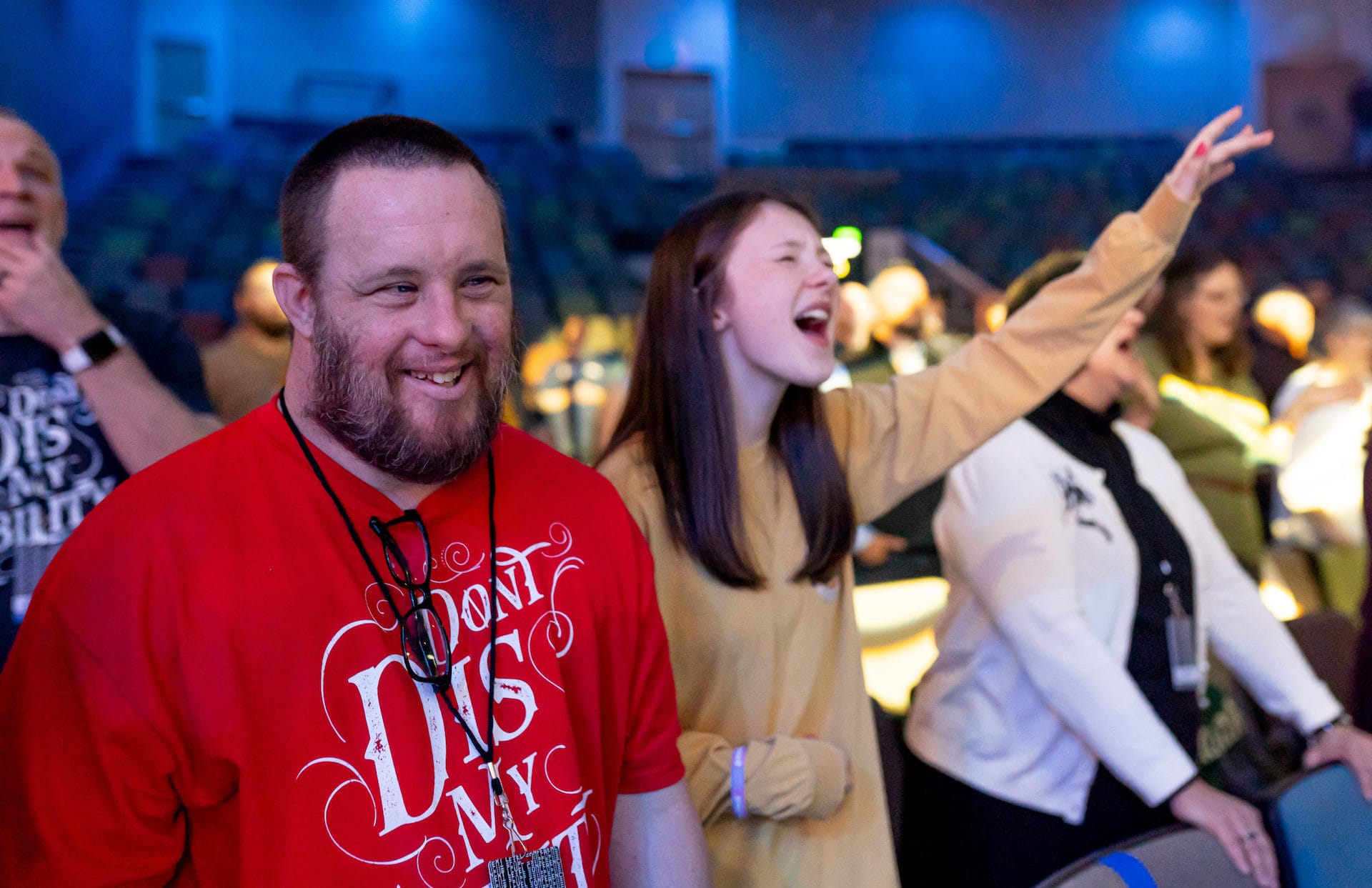

Luke 14:4 reads, “But they remained silent. So Jesus took hold of the man and healed him. Then he sent him away.”
You could also read this verse, “But they remained silent. So Jesus embraced the man and healed him. Then he sent him away.”
Jesus did not fear the man with a physical disability. He did not hesitate to embrace him in front of the religious leaders of his day who stood by silently not wanting to interact. Jesus led by example showing both parties involved (Church leadership and a man from the disability community of his day) in Luke 14:4 how to act. Embracing the disability community is what Jesus desired church leadership to understand. He made this the main teaching point just a few Sabbaths before he went to the cross.
An embrace is an act of intimacy. It denotes more than tolerance and acceptance. It denotes love, care, value, and more. It is the absence of fear. We all desire to reach a place of intimacy with others. So few ever reach this point. Fear holds them back from ever reaching the point of being embraced.
Deep down we all want to be embraced by Jesus. We are hard-wired to connect relationally. We want to be embraced by others. We want to embrace others.
Once again this is a two-way street that requires vulnerability.
To be embraced means that you are intimately known by others and you know others intimately. These are not passing superficial relationships that are filled with stock answers and interactions. These are relationships where others know what is going on beneath the surface because there is an intentional relationship that exists outside the walls of the church.
It is a step beyond inclusion. It means that you are missed when you aren’t there. It means you have reached a state of belonging.
To be embraced means that you are actively ministering in the body of the church. People with disabilities have had a chance to discover and deploy their spiritual gifts. Positions of leadership have been given over to people with disabilities because they are valued and trusted as a valuable member of the body of the church.
People with disabilities are not the object of ministry but rather an integral part of leading the ministry efforts of the church.
People affected by disability need the church, but more importantly, the church needs people affected by disability.
The church is now complete (1 Corinthians 12:22).


